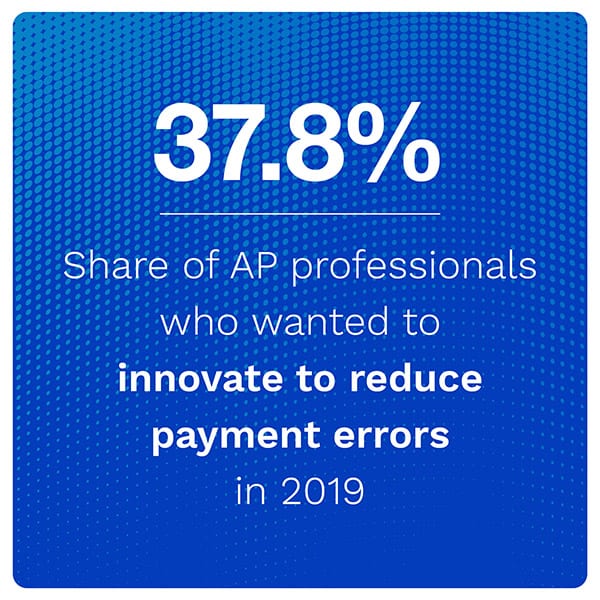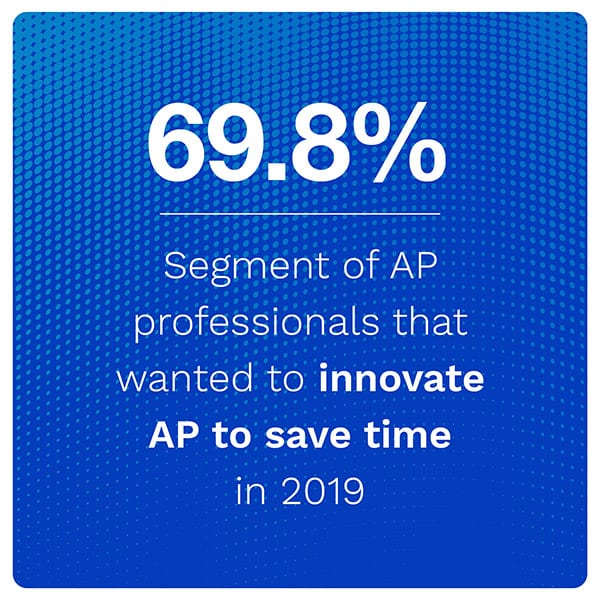Virtual Cards Streamline, Simplify B2B Healthcare Payments

The pandemic has left vendors struggling and more concerned than ever that they receive their funds without delay. Buyers, too, are eager for change and need to adopt accounts payable (AP) methods that are easily managed by employees working from home. Frictions like these are pushing more businesses to rethink their legacy approaches to business-to-business (B2B) payments and adopting various digital options for sending money. The push toward modernization does not stop at fund transfers, either, and companies are adopting digital supports to help them more smoothly and rapidly process invoices.
The Digital Shift Report examines the various ways that businesses are updating and automating their transaction methods as they cope with the challenges of operating during a global crisis.
Around The Digital AP Landscape
More businesses appear to be embracing AP digitizations during the pandemic. Recently released survey results from the Institute of Financial Operations & Leadership (IFOL) — an organization that provides training and certification in areas like AP and accounts receivable (AR) — show a sharp rise in the portion of companies that automated at least some of their AP practices between Q1 2020 and Q3 2020.
Businesses also have been demonstrating an interest in using artificial intelligence (AI)-powered to help them automate their AP. A recent report finds many companies are leveraging AI to help them more swiftly automate vendor invoices and support their liquidity management decision making.
Firms must also attend to how they pay their employees. Workers often are expected to pay out-of-pocket for business expenses, then complete paper-based reimbursement requests and wait for compensation. This can be a slow and cumbersome process,  however, and one that impacts many employees. A recent report found roughly 38 percent of workers in the Asia-Pacific region having to undergo manual reimbursement request processes, for example. This could create high demand for change.
however, and one that impacts many employees. A recent report found roughly 38 percent of workers in the Asia-Pacific region having to undergo manual reimbursement request processes, for example. This could create high demand for change.
Find more on these and other headlines in the Report.
How Virtual Card Help Healthcare Claims Processors Manage Payments
Digital payment tools can be critical to helping healthcare claim processors manage their often-changing transaction flows. These companies review and approve patients’ submitted healthcare claims, then send out compensation to the physicians in their networks that patients visited that month. The nature of this sector means that claims processors never know in advance which of the hundreds of thousands of physicians in their network they will be paying in a given month or how much those transactions will be worth, according to Brett Rodewald, president and CEO of healthcare claims processor Lucent Health. In the Feature Story, Rodewald explains how virtual cards can provide healthcare claims processors with the flexibility and speed needed to work with such unpredictability and deliver swift payments to an ever-changing selection of payees.
Check out the Report for the full story.
De ep Dive: Giving Invoice Processing A Digital Boost
ep Dive: Giving Invoice Processing A Digital Boost
Businesses that receive paper invoices from their vendors can struggle to keep AP processes running quickly and smoothly, especially when this means their staff has to then manually review and type up the details from the documents. AP departments looking to streamline have thus been adopting various technologies to help them automatically extract relevant invoice data and flow it through their systems. The Deep Dive examines how robotic process automation (RPA), optical character recognition (OCR) and other solutions are helping businesses tackle their invoice handling frictions.
Get the scoop in the Report.
About The Report
The Digital Shift Report, a PYMNTS and CSI collaboration, examines how the pandemic is encouraging businesses to swap out manual B2B payments and invoice handling processes in favor of digital alternatives.

